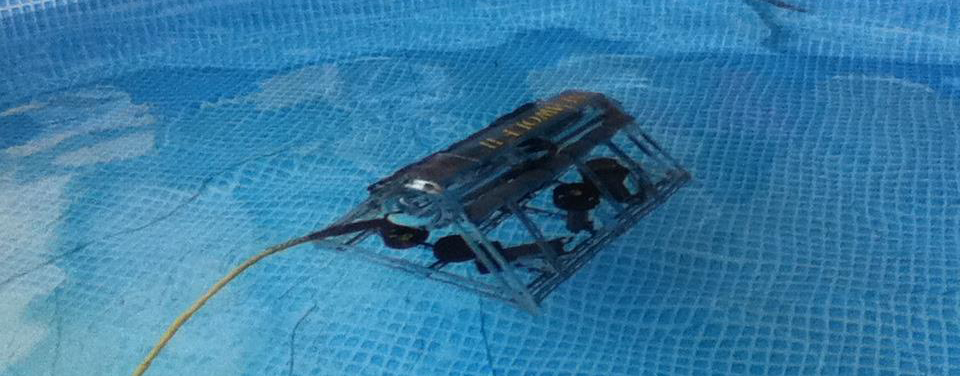
The Copiah-Lincoln Community College Seawolf Underwater Robotics Engineering team, also known as “S.U.R.E”, is located in Wesson, MS and made up of students from the Career-Technical and Academic Divisions of the college that have collaborated to build a Remotely Operated Vehicle (ROV) to compete in the International MATE ROV Competition. The first team was founded in Spring of 2011 under the leadership of Dr. Kevin McKone-Physics Instructor; Carey Williamson and Brian Turnage-Electronics Instructors; Wes Burkett and Bruce Thomas-Drafting and Design Instructors; and Bo Johnson-Precision Machining Instructor; to compete in the 2012 competition.
Each year the location of the MATE competition changes, as does the S.U.R.E. team members. Some students join the team as Freshmen and continue on the team as Sophomores, and other team members join as Sophomores. The purpose of the team is to give students in different majors the oppurtunity to receive hands on experience of what it will be like in the workforce and also in marine technology.
Marine technology plays a vital role in supporting the ocean economy, from national security to transportation and commerce, energy and exploration activities, telecommunications, recreation and tourism, fisheries and aquaculture, search and recovery, environmental assessment and regulation, and research. Although these economic sectors are diverse, the technology supporting them has many similarities. These similarities include the collection and use of remotely sensed data; the use of advanced computing systems, such as GIS, for organizing and managing data; and the use of electronics and microelectronics for power, controls, and miniaturization in a remote, harsh environment. The need for highly qualified technical professionals who can design, build, operate, and maintain this technology has never been greater. A concerted effort is required to ensure that our workforce is prepared for an economy currently and increasingly dependent on ocean activities and the technologies that make these activities feasible.
